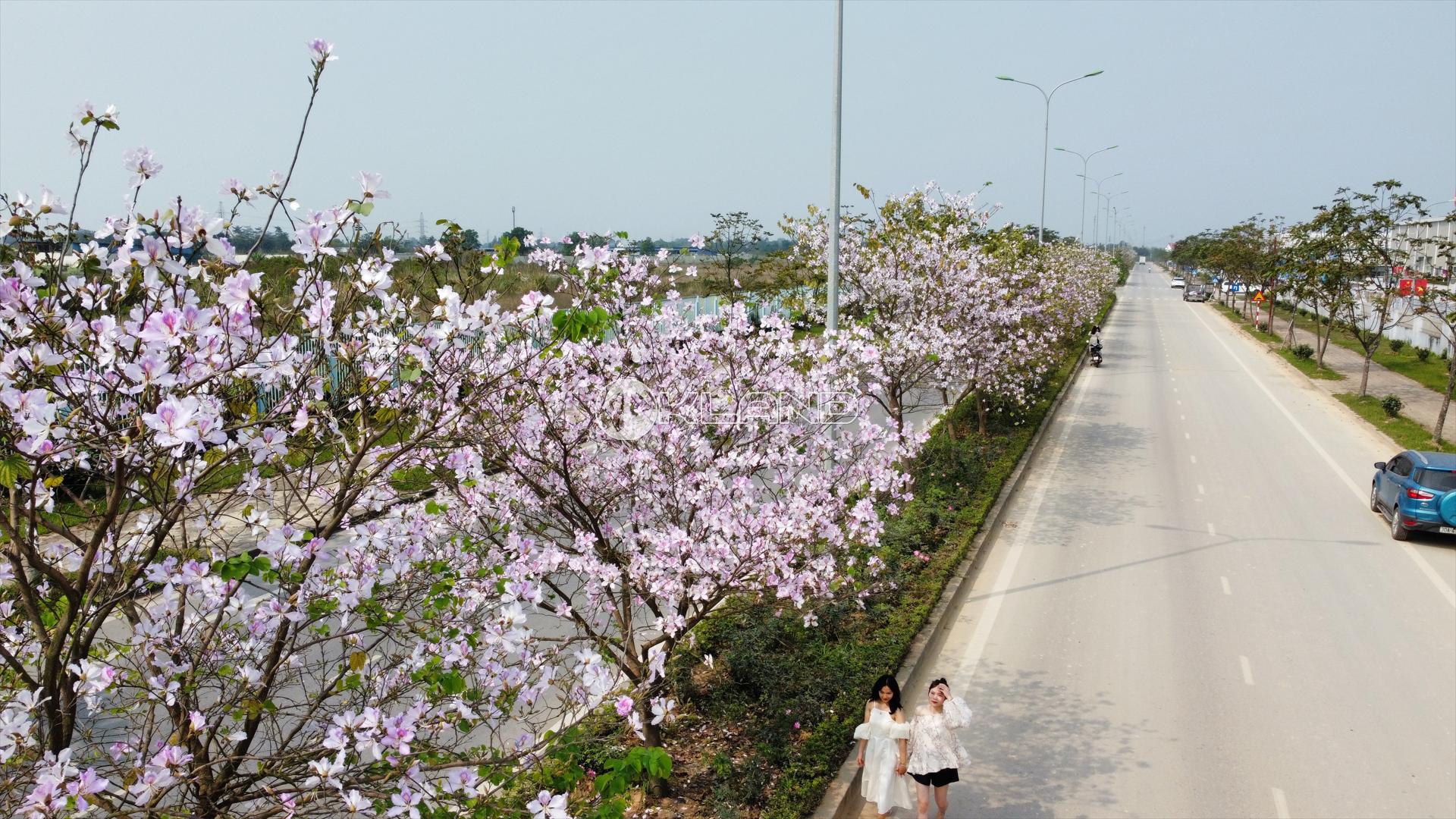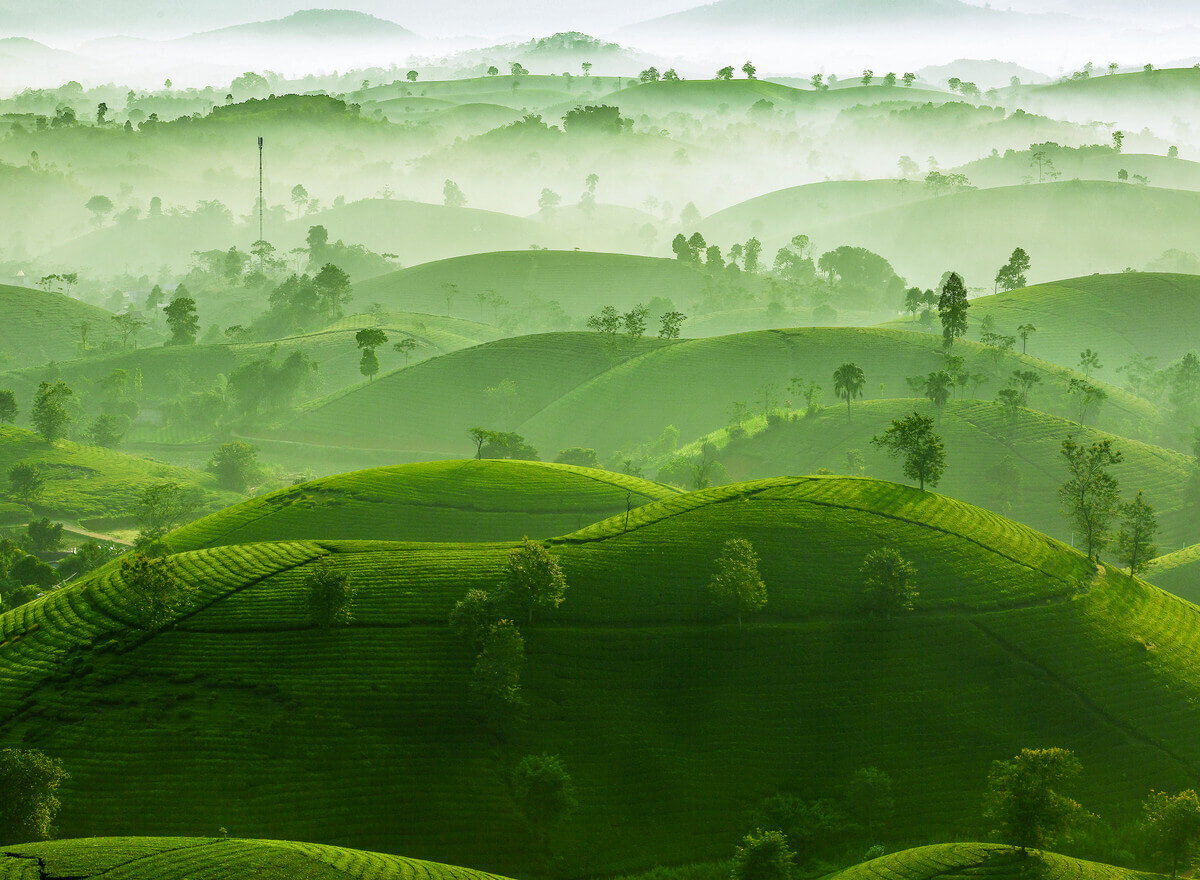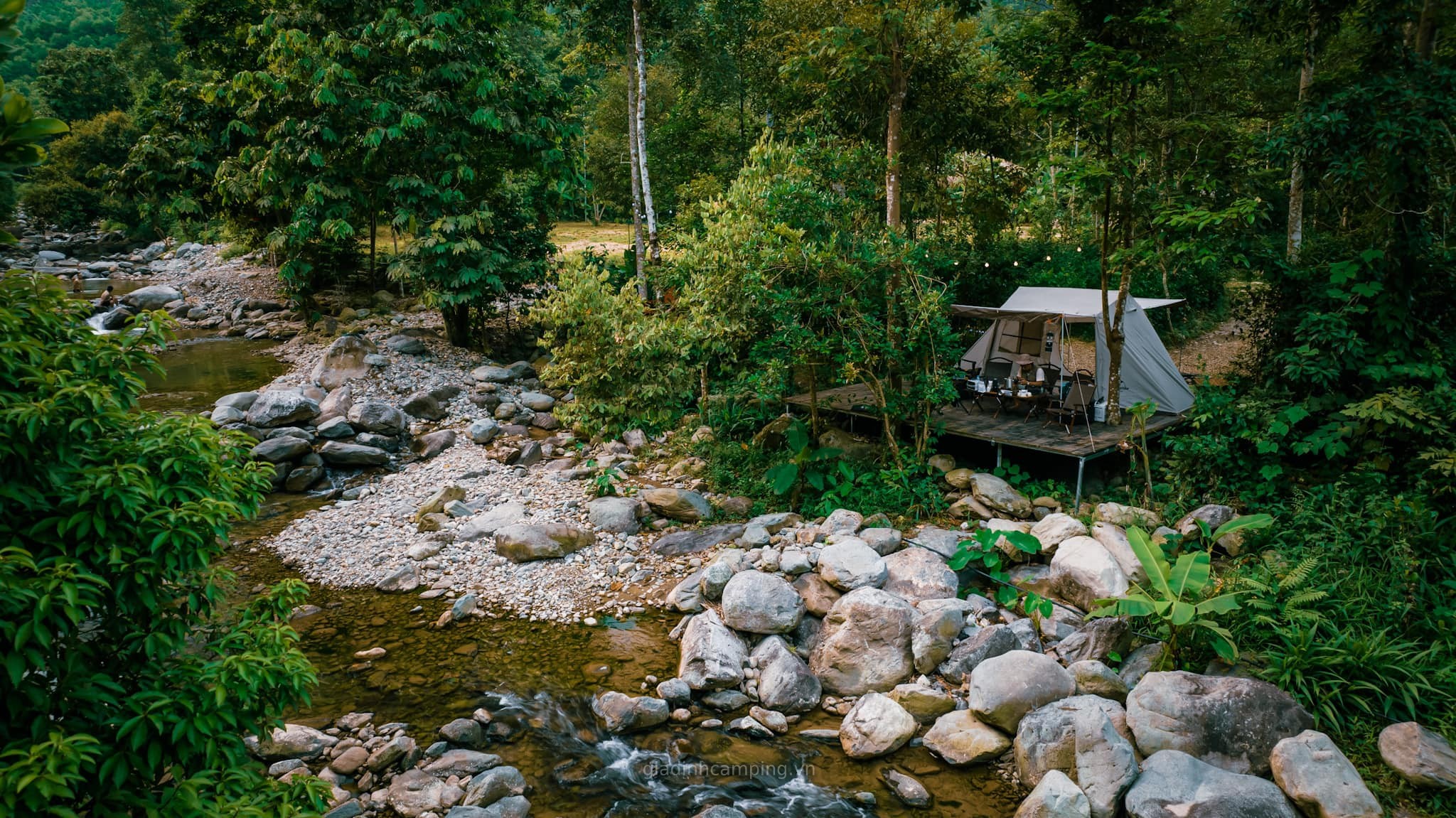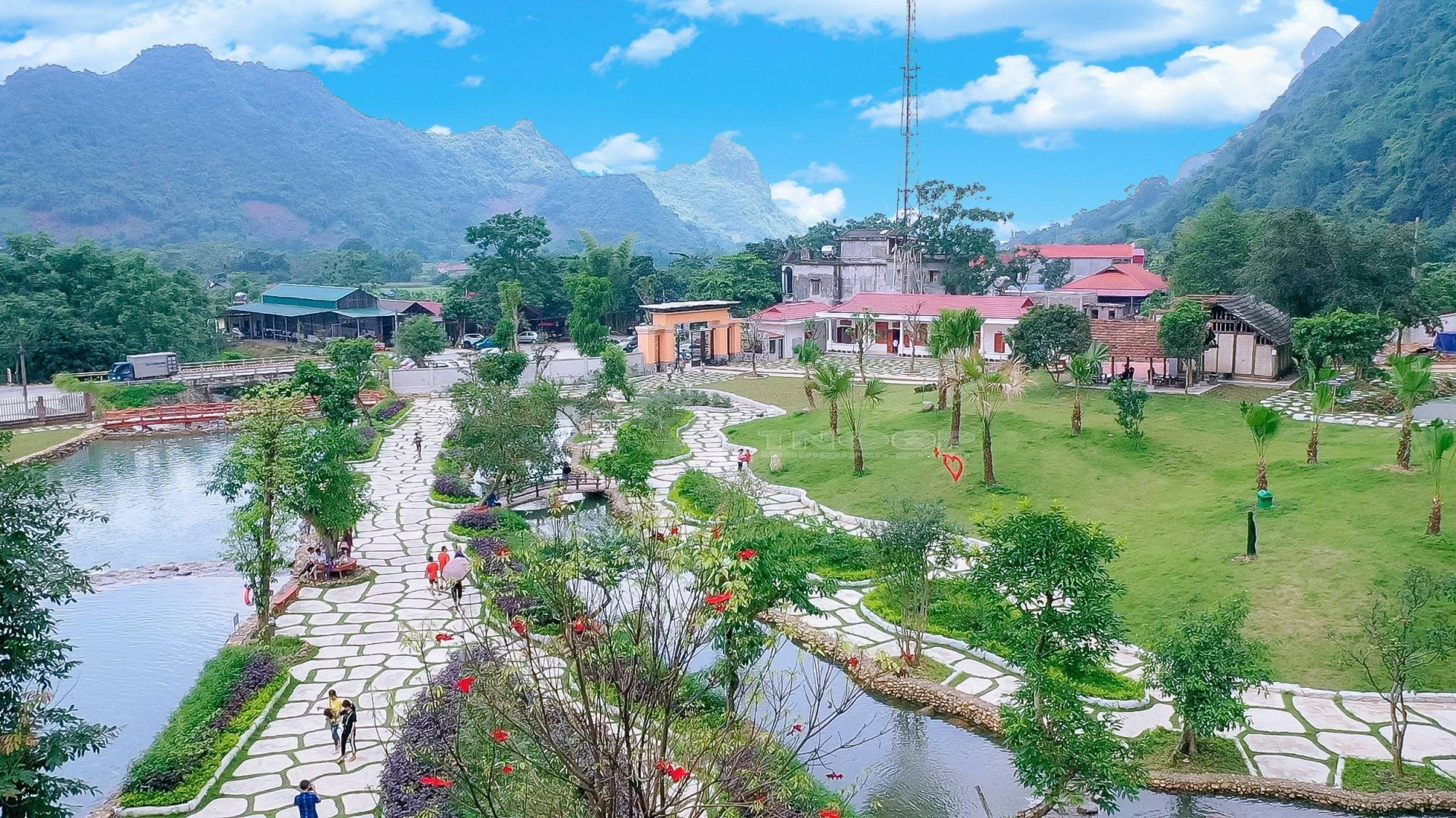Thai Nguyen weather features diverse seasons, ranging from the warmth of summer to the chilly winter. The climate in Thai Nguyen Vietnam creates unique opportunities for cultural festivities and outdoor exploration throughout the year.

For people planning a visit to Thai Nguyen Province, understanding Thai Nguyen weather is crucial. In this article, we explore various nuances of its weather, with four distinct seasons, temperature ranges, and humidity levels. Let’s discover the unique charm of visiting Thai Nguyen throughout the year in this insightful piece.
1. Climate of Thai Nguyen Province, Vietnam
Thai Nguyen is a province located in Northern Vietnam, serving as the gateway for economic and social exchanges between the midlands, mountainous region, and the Red River Delta. It shares borders with Bac Kan Province to the north, Vinh Phuc and Tuyen Quang Provinces to the west, Lang Son and Bac Giang Provinces to the east, and it is adjacent to the capital city of Hanoi to the south (approximately 80 kilometers away).

Thai Nguyen weather is divided into two major seasons: the rainy season from May to October and the dry season from November to April of the following year. The average annual rainfall is around 2,000 to 2,500 millimeters, with the highest in August and the lowest in January. June is typically the hottest month with an average temperature of 28.9°C, while the coldest month, January, witnesses a significant drop to around 15.2°C. The total number of sunlight hours per year ranges from 1,300 to 1,750 hours and is relatively evenly distributed throughout the months.

With the influence of the tropical monsoon climate typical of Northern Vietnam, Thai Nguyen weather is distinctly divided into four seasons: spring, summer, autumn, and winter. Due to the diverse topography, ranging from the delta and midlands to the mountainous region, each area in Thai Nguyen experiences temperature and weather condition variations in each season, creating favorable conditions for diverse tourism activities throughout the year in different localities, making it an intriguing attraction of this region.
2. Features of Thai Nguyen weather by season
In each season, the weather conditions in Thai Nguyen exhibit distinctive characteristics, accompanied by various tourism activities suitable for those weather conditions. Let’s delve into the details!
2.1. Thai Nguyen weather in the spring (February – April)
The summer season in Thai Nguyen Vietnam, lasting from May to August, brings hot temperatures ranging from 29°C to 35°C, with an average of 170 hours of sunshine per month. This is also the rainy season, with an average humidity of 83% and precipitation between 240 and 400 millimeters. However, the rains are usually brief, allowing for uninterrupted exploration of Thai Nguyen. Summer is an ideal time to visit the lush green tea hills, witness tea production processes, and savor the delicious and renowned Thai Nguyen tea. Tan Cuong Tea Hill and Cau Da Tea Hill are two must-visit spots during the summer in Thai Nguyen.
2.3. Thai Nguyen weather in the autumn (September – November)

Considered the most pleasant time, autumn in Thai Nguyen Vietnam from September to November features cool and dry weather with temperatures ranging from 22°C to 29°C, an average humidity of 80%, an average rainfall of 100-150 millimeters, and around 100-110 hours of sunshine per month. Thai Nguyen’s weather in the autumn is perfect for outdoor activities. Explore endless yellow rice terraces, visit ethnic minority villages, and indulge in delicious local specialties amidst the cool and refreshing weather. Unique fruits and vegetables such as bamboo shoots, custard apples, guavas, and “tram” fruits are particularly delightful during autumn.
2.4. Thai Nguyen weather in the winter (December – early February)

Winter in Thai Nguyen Vietnam, from late November to February, introduces a different cold season, with average temperatures ranging from 10-20°C and potentially dropping below 10°C. The average humidity during this season is around 75%, with minimal rainfall of 30-50 millimeters and approximately 60-70 hours of sunshine per month.
Thai Nguyen weather in winter is perfect for discovering impressive natural landscapes, such as Phuong Hoang Cave and Mo Ga Stream. Phuong Hoang Cave, located atop a mountain, is adorned with centuries-old stalactites and small waterfalls, creating captivating scenery. At the foot of Phuong Hoang Mountain lies Mo Ga Stream, a natural watercourse where visitors can engage in the unique experience of winter kayaking.
3. Best places to visit in Thai Nguyen throughout the year
In addition to the characteristic tourism activities according to Thai Nguyen weather, there are many interesting tourist destinations that you can visit at any time of the year.
- Nui Coc Lake: A picturesque natural landscape. Here, visitors can experience paddle boating, explore limestone caves, and visit the sacred Thac Vang Pagoda.
- Hang Pagoda: A historical site with a blend of spiritual and natural beauty. The cave features beautiful stalactites, Buddha statues, and ancient Han script poems from the 19th century.
- Special Historical Site ATK Dinh Hoa: The capital of Vietnam’s resistance during the anti-French resistance war, with many historical landmarks such as Khau Ty Hill, the Ho Chi Minh Memorial House, and the Cho Chu prison.
- Museum of the Cultures of Vietnam’s Ethnic Groups: A place that exhibits and preserves over 40,000 documents and original artifacts related to the traditional cultures of the 54 ethnic groups in Vietnam.
- Viet Bac Armed Forces Museum: Displays nearly 10,000 original artifacts related to Viet Bac, the main base and battlefield during the anti-French resistance war.

